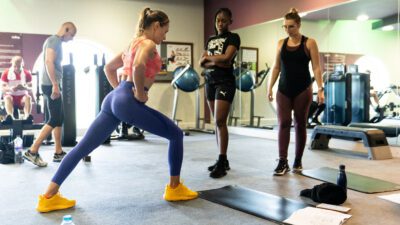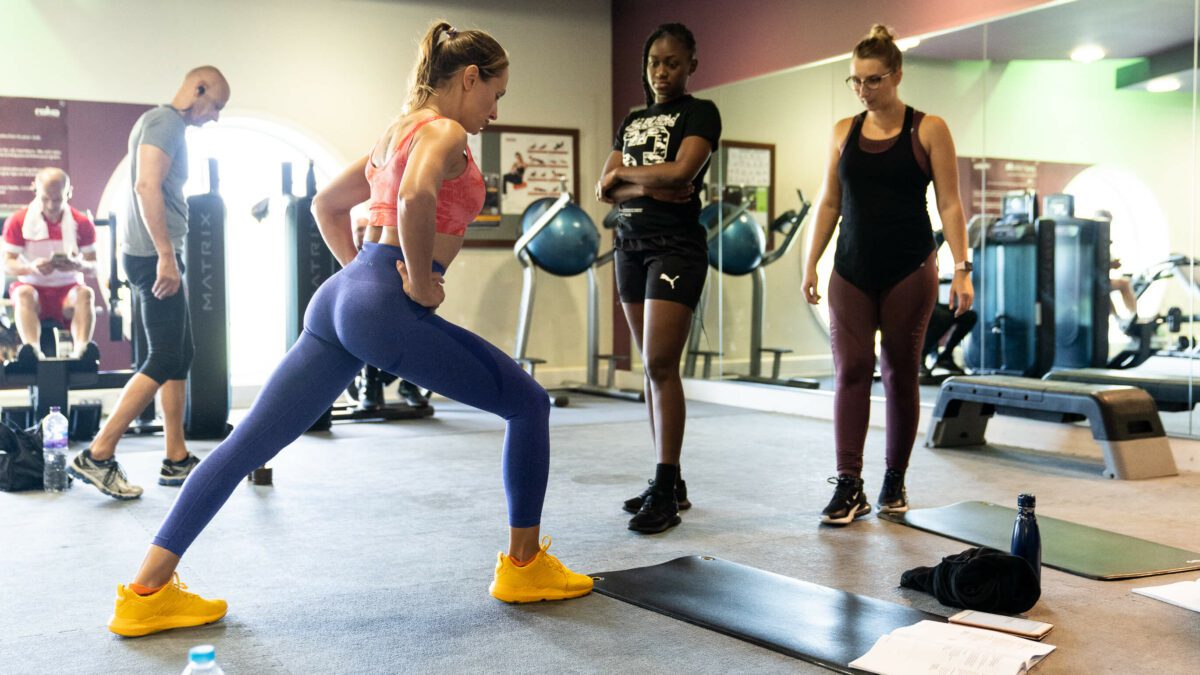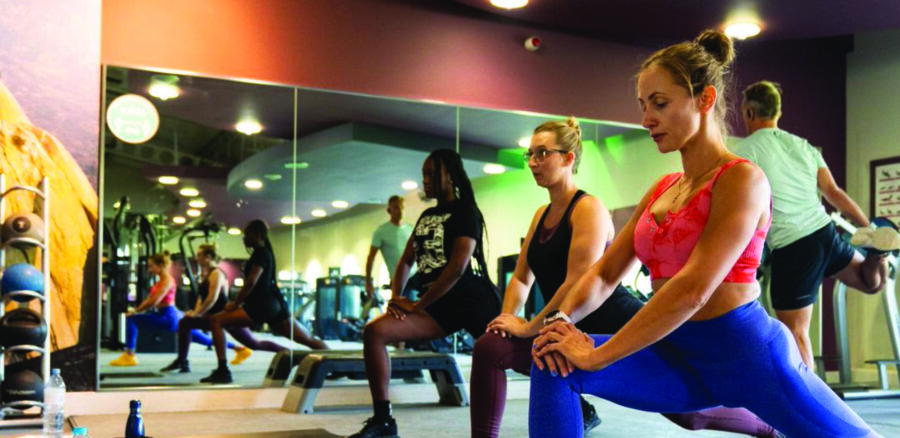



As we age, our muscles become tighter and there will be less range of movement in the joints. This can make functional, everyday activities a challenge. Simple things like reaching for food on the top shelf of a cupboard or just sitting up tall in the correct alignment could potentially become difficult. Starting to incorporate stretching into your programme early on and making this a regular daily activity can have a profound effect on wellness and mobility.
Other benefits include:

Developmental stretching focuses on increasing the length or flexibility of a muscle, usually performed at the end of a Pilates class with a focus on increasing the range of movement around a joint. These stretches are typically held for 6-10 seconds and then developed further for another 20 seconds. If you’re working on a one-to-one basis with a client, you could work in stages to ensure optimal gains are achieved. As mentioned above, hold for 6-10 seconds, progress it further for 20 seconds but then repeat the sequence 2-3 times. Developmental stretching will also work well embedded into a programme specifically designed for certain postural types such as lordosis and kyphosis. Once a postural analysis has been carried out, you would then be able to design your programme based on the guidelines for postural correction as appropriate. For example, a kyphotic posture would result in the client having tight pectoral muscles and rounded shoulders. A pectoral stretch would therefore be required to improve flexibility around the joint. It would be most effective as an assisted stretch on a one-to-one basis with a qualified Pilates professional or Personal Trainer, again working in stages to increase flexibility.
Static stretches are held for a period of time, so they are isometric. The stretch can be passive or active.
Passive stretching is a form of static stretching where the stretch is held and allows external force such as gravity or bodyweight to develop the stretch. In Pilates, we tend to use the dyna-bands as an external force. These are excellent tools to help increase flexibility without the need for external force from a qualified professional. The class can work to their own abilities and the whole group can use the bands at the same time.
Active stretching is where the agonist muscle contracts to encourage the lengthening of the antagonist muscle. For example, when performing a standing quadriceps stretch, the hamstrings would contract concentrically to get into the stretch position, lengthening the opposing muscle that is required to be stretched – the quadriceps.
Maintenance stretching – the main aim is to return the muscle back to their pre-exercise length and is typically performed during the closing phase of a Pilates class. These stretches should be held for approximately 10-15 seconds. A good range of maintenance and developmental stretches should be included in your Pilates class, focusing on all major muscle groups and muscles used during the class.
Dynamic stretching is classed as stretching through movement and is typically performed in the warm-up phase of a Pilates class. It’s aimed at increasing mobility and preparing the body for what will follow in the main phase. All major joints should be mobilised and muscles stretched through movement. This type of stretching enables the class to keep moving and sufficiently warm their bodies in preparation for what’s to come! When stretching, ensure that you are fully aware of the stretching guidelines.
Flexibility can often be overlooked by clients seeking to improve their overall health and wellbeing. However, we now understand that stretching plays a vital role in overall fitness and function, so as Pilates teachers we should strive to educate others about the profound benefits of stretching.
Article by: Jo Curran, Pilates Tutor at the Future Fit School of Pilates